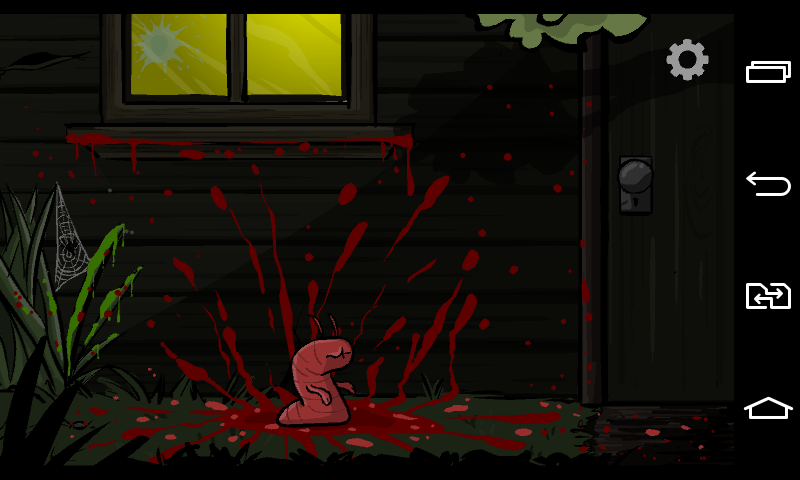

Let's examine each stage in greater detail. Reprinted by permission of Da Capo Lifelong Books, an imprint of Perseus Books, LLC, a subsidiary of Hachette Book Group, Inc. For example, those who are comfortable with the change will likely move ahead to stage three more quickly, while others will linger at stages one or two.įrom Managing Transitions by William Bridges with Susan Bridges, copyright 1991, 2003, 2009, 2017. These are:īridges says that people will go through each stage at their own pace.

The Three Stages of Transition According to Bridgesīridges' Model highlights three stages of transition that people go through when they are faced with change. Mind Tools Club members and enterprise licensees can listen to our Expert Interview with Susan Bridges. Their 1991 book, "Managing Transitions," demonstrated how the model could be applied in the workplace, and Susan developed this further following William's death in 2013. He first wrote about his ideas in his 1979 book, "Transitions: Making Sense of Life's Changes," going on to revise and republish several times with his business partner and spouse, Susan Bridges. The Bridges' Model was created by change consultant, William Bridges. Change can happen very quickly, while transition usually occurs more slowly. Transition, on the other hand, is internal: it's what happens in people's minds as they go through change. The difference between these is subtle but important.Īccording to the model, change is something that happens to people, even if they don't agree with it. What Is the Bridges' Model of Transition and Change?īridges' Transition Model focuses on transition, not change. We'll explore the model in this article, which we developed with the help of Susan Bridges. If you can guide them through it skilfully and compassionately, they will likely – eventually – accept and support it.īridges' Transition Model helps you do this. So, it's important to understand how your people are feeling, and why, as they approach change. Manage change by supporting all three stages of transition.Ĭhange is often quite uncomfortable, leading to resistance in ourselves and others, even when the need to move on is clear.


 0 kommentar(er)
0 kommentar(er)
